
Most ebook files are in PDF format, so you can easily read them using various software such as Foxit Reader or directly on the Google Chrome browser.
Some ebook files are released by publishers in other formats such as .awz, .mobi, .epub, .fb2, etc. You may need to install specific software to read these formats on mobile/PC, such as Calibre.
Please read the tutorial at this link: https://ebookbell.com/faq
We offer FREE conversion to the popular formats you request; however, this may take some time. Therefore, right after payment, please email us, and we will try to provide the service as quickly as possible.
For some exceptional file formats or broken links (if any), please refrain from opening any disputes. Instead, email us first, and we will try to assist within a maximum of 6 hours.
EbookBell Team

5.0
100 reviewsGives a historical perspective on the storyteller's art Takes a wide view of myth, to include: legends, folklore, biblical myth, classical myth, belief myths, balladry and song. Considers all aspects of the creative process, from conception to completion Provides tips on seeking inspiration from classical and mythic sources Shows how myths can be linked to contemporary concerns Enables beginning writers to tap into the deeper resonances of myth Guides students to further critical and creative resources
A secret that all writers know is that they are part of a long tradition of storytelling - whether they call it mythic, intertextual, interactive or original. And in the pantheon of storytelling, myths (those stories that tell us, in often magical terms, how the world and the creatures in it came to be) are the bedrock, a source of unending inspiration. One can dress the study of literature in the finest critical clothing - or intellectualise it until the cows come home - but at its heart it is nothing more - and nothing less - than the study of the human instinct to tell stories, to order the world into patterns we can more readily understand. Exploring the mythic nature of writing (by considering where the connections between instinct and art are made, and where the writer is also seen as a mythic adventurer) is a way of finding close links to what it is we demand from literature, which is - again - something to do with the essences of human nature. Further, in the course of examining the nature of myth, Adrian May provides a very practical guide to the aspiring writer - whether in a formal course or working alone - on how to write stories (myths) of their own, from how to begin, how to develop and how to close.